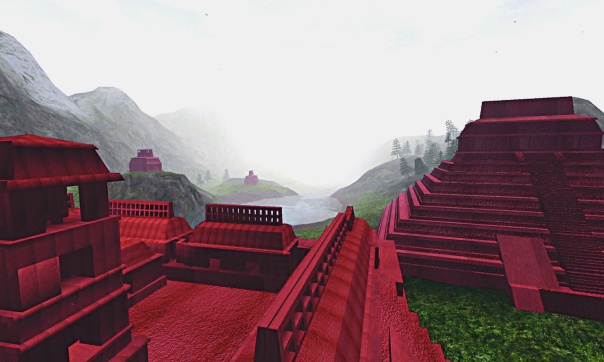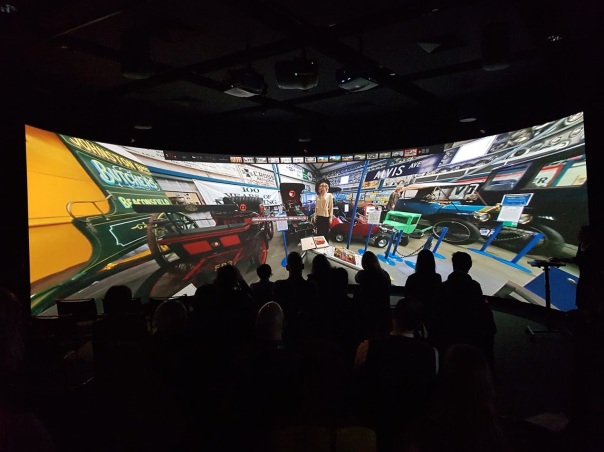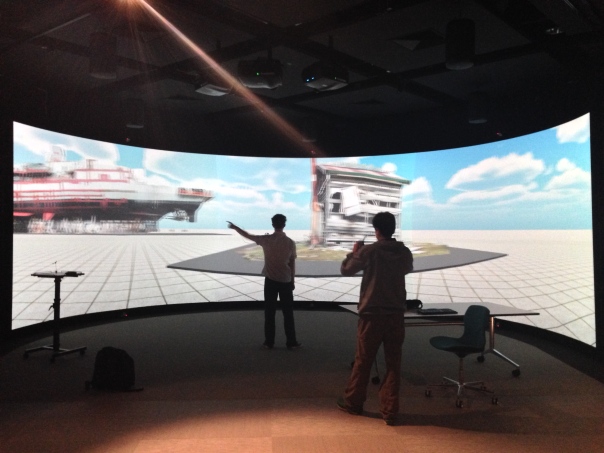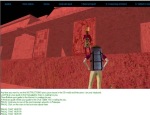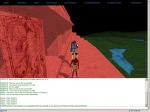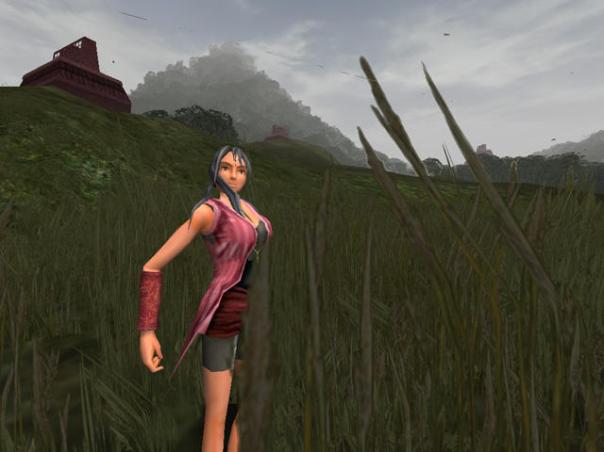Yes I know I wrote about this topic (although not in my latest book in any great detail) but it the term isn’t my ultimatum to archaeology and heritage studies: use and measure cultural presence or else!
To start with, I said in my PhD thesis and in the related book Playing With The Past (pp12-14), that it was distinct from Social Presence:
“Cultural Presence versus Social Presence..The first problem is what elements of a cultural place are missing from virtual environments. Merely creating a reconstruction of a cultural site does not mean that one is creating a platform for understanding and transmitting locally specific cultural knowledge. We need to understand what distinguishes a cultural site from another site; we need to understand the features of place as a site of cultural learning.”
I also wrote:
“The intended audience that could most benefit from the theoretical part of this research are those who either communicate historical perceptions via digital media, or those who wish for more prescriptive (rather than descriptive) notions of ‘place’ and ‘cultural presence’. The case study of Palenque that I will mention may also interest those designers interested in improving engagement via interactive elements”
Chapters 2 and 3 then try to explain space versus place in a virtual heritage project and cultural presence as being distinct from social presence.
Now, 5-10 years later, I think I will have to retrace and bury some of the assertions and answer some of the questions that refuse to die because of this concept.
In a nutshell,
- My term cultural presence was to attempt to wrestle away from social presence key terms and meanings that could be evaluated for historians and social scientists.
- The term cultural presence was an umbrella concept (and my evaluations suggested it was most effective to be evaluated via a series of questions and tasks, there was no one evaluation method for it).
- Cultural presence is of particular interest and use where we have clear ideas (and cultural traces and signs etc) of a culture that passed away. It is much more suitable for recent cultures with historic material and intangible heritage than it is for situations where we only have traces of settlement but without a rich cultural tapestry for interpretation. The Mayan temple-city of Palenque, Mexico has left us plenty of interesting if sometimes conflicting cultural clues, Neolithic cities, not so much.
- In the last year (and even last week) I still meet archaeologists and curators who have not seen a need to distinguish between culture and society. I gave some arguments for why I do this in the article Defining Cultural Agents for Virtual Heritage Environments but I need to revisit this issue and deal with once and for all.
